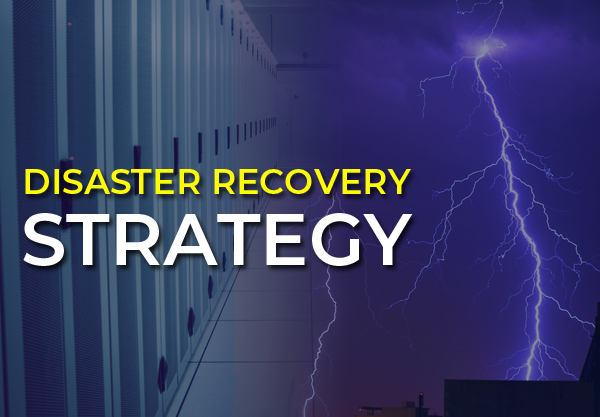Disasters can strike anytime, and no, there’s no foretelling of it. The best one can do is always be prepared for the worst. In times of digitization, when businesses have a huge amount of information on the internet, it is necessary to have a backup plan in case of data loss situations. Strategizing a disaster recovery plan is a step-by-step measure to minimize disaster damage. Preparing a successful disaster recovery plans means skillfully putting forth these essentials. Let’s take a look at how one can manage to execute a proper disaster recovery plan.
Process Management:
While we talk about a streamlined process, we would also mention the RACI matrix or the linear responsibility chart. RACI is the acronym of responsibility, accountability, consulted and informed. The matrix describes the participation of roles to complete tasks. That way every group or individual will handle a particular task given to them, making the process streamlined. Also, having effective project management makes it easier to execute the process successfully. Now with responsibilities assigned, you will want to look at the recovery point objective and recovery time objective.
- What is a Recovery point objective? RPO or recovery point objective is the maximum time period in which data is lost in case of a major incident. So, basically, an RPO is a decision of how much data business is willing to lose in a disaster situation. It is associated with the backup frequency.
- What is a Recovery Time Objective? An RTO or Recovery time objective is the duration of the time set to recover the normalcy of businesses after a disaster strikes.
Planning a disaster recovery strategy:
To begin with a DR plan, an organization can first list down its important contacts, so that all the important data is available easily. The plan has to be strategized in a way that the responsibilities and roles of all team members are in line when the plan is set out in action. Few other things that need to be taken into consideration are: Risks related to the geographical location of the service provider. Authentication tools such as passwords. Financial and legal information.
Types of Disaster recovery plans:
- Virtualized disaster recovery: Virtualization makes the implementation of the DR plan relatively easy. Since the virtualization is capable of spinning VMs within minutes.
- Cloud Disaster Recovery plans: Cloud disaster recovery plans can range from backing up files to complete replication of data. Cloud DRs are highly efficient when it comes to space, time and money.
- Network Disaster Recovery plans: In these plans data is specific to a network. The drawback is that the DR will get complex as the complexity of the network increases.
- Datacenter disaster recovery plan: The plan is exclusively focused on data center facility and infrastructure. The key element in this plan is risk assessment which includes assessment of power systems, building location and security.

